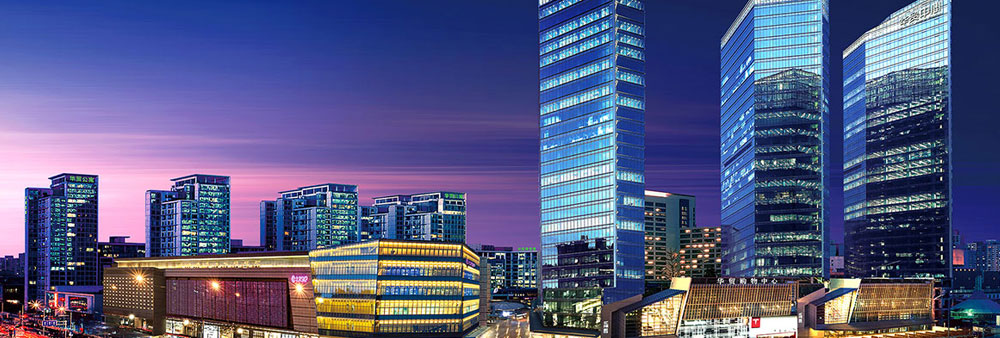As a new pollution prevention strategy, cleaner production is the only way to practice the scientific concept of development, build a resource-saving and environment-friendly society, and achieve sustainable economic and environmental development. Cleaner production audit is an important measure to implement cleaner production. It is a systematic analysis and evaluation of energy saving, consumption reduction and pollution prevention for the running industrial production process. means. Its fundamental purpose is to promote enterprises to consciously carry out cleaner production, improve resource and energy utilization, reduce and avoid the generation of pollutants, protect and improve the environment, protect human health, and promote sustainable economic and social development. In order to implement the "Cleaner Production Promotion Law of the People's Republic of China" and "Shandong Province Cleaner Production Promotion Regulations", Dongying Fangxing Rubber Co., Ltd. carried out cleaner production audits in accordance with the "Interim Measures for Cleaner Production Review".
◆Functional area and environmental standards
The location of the company belongs to the second-level standard of the "Ambient Air Quality Standard" (GB3095-1996); the surface water in the area is mainly a preparatory river, and the surface water is subject to the "Surface Water Environmental Quality Standard" (GB3838-2002) Category V standard; The evaluation level of groundwater is level 3; the acoustic environment implements the "Acoustic Environment Quality Standard" (GB3096-2008) Category 2 standard。
Wastewater: The waste water discharge part implements the "Comprehensive Discharge Standard of Water Pollutants in the Xiaoqing River Basin of Shandong Province" (DB37/656-2006), the key protected areas in Table 4 and the "Regarding the Approval and Release of the "Comprehensive Discharge Standard of Water Pollutants along the South-to-North Water Diversion in Shandong Province", etc. 4 Notice on the Amendment List of 4 Standards" (Lu Quality Inspection Biao Fa [2011] No. 35), "On Approving the Release of the "Comprehensive Discharge Standard of Water Pollution Along the South-to-North Water Diversion in Shandong Province" and other 4 standards to increase the total salt content index limit The notice of the amendment list "(Lu quality inspection standard issued [2014] No. 7), the sewage treatment facilities and sewage treatment plants in the factory have reached the first-class A standard in "Pollutant Discharge Standards for Urban Sewage Treatment Plants" (GB18918-2002). into the Yang River.
Exhaust gas: non-methane total hydrocarbons and particulate matter comply with the "Rubber Products Industrial Pollutant Emission Standard" (GB 27632-2011);
Solid waste: General solid waste such as domestic waste shall comply with the relevant regulations in the "Standards for Pollution Control of General Industrial Solid Waste Storage and Disposal Sites" (GB18599-2001); strictly control the disposal of waste and implement the "Standards for the Control of Pollutants in Hazardous Waste Storage" (GB18597). -2001) in the relevant provisions.
Noise: The surrounding boundary noise shall comply with the Class 2 area standard in the Emission Standard for Environmental Noise at the Boundary of Industrial Enterprises (GB12348-2008).
Industry standard: "Rubber Products Industrial Pollutant Emission Standard" (GB 27632-2011).
◆Total Pollutant Control Index
According to the "Outline of the Twelfth Five-Year Plan for National Economic and Social Development of the People's Republic of China" and "Outline of the Twelfth Five-Year Plan for National Economic and Social Development of Shandong Province", the main pollutant to be controlled during the "Twelfth Five-Year Plan" period is SO2 , NOx, COD and ammonia nitrogen 4 indicators.
The air pollutants emitted by the proposed project are mainly dust, non-methane total hydrocarbons and odors, which do not belong to the list of pollutants under the total control of our province.
After the project's ground cleaning wastewater and domestic sewage are treated in sedimentation tanks and septic tanks, they are brought into the park's sewage treatment plant through the park's sewage pipe network for advanced treatment. After advanced treatment by the sewage treatment plant, it will be discharged outside, and the total amount of this part will be adjusted internally by the sewage treatment plant in the park.



